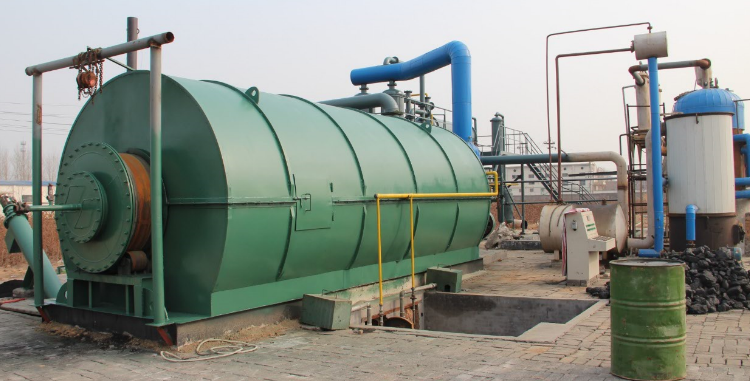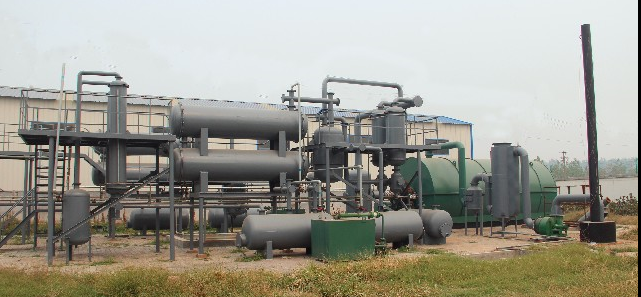Recycling plastic is a hot topic today in the world of green technology. Some materials are very easy to recycle, like glass and metals, because they can simply be melted down and returned to a usable base form in that way. Impurities and dyes are eliminated in the same process due to the high temperatures involved.
However, plastic has proven to be a far more difficult material to recycle. This is because plastic in fact covers a large number of different materials, many of which are incompatible with each other. Not only do different plastics have very different properties, these different plastics even have very different chemical makeups some are polyether, some are polyethylene, some are polystyrene, some are polyamide, and some are even polyacrylamide. In addition to this, plastics are rarely one chemical substance instead, they are composed of their base polymer material with various other chemicals added to serve as plasticisers (which work to soften the plastic material and make it more pliable and crack-resistant), crosslinkers (which stiffen and toughen the plastic material), coloring agents, or even fire retardants. But a new convert plastic to oil system can solve this problem.
What this means is that it’s difficult to simply melt down plastic and return it to a pure form that can be recast into new shapes for different uses, especially since all types of plastic are generally collected into one recycling category. In the past, some strategies have been to shred up all recycled plastic and compress the shredded plastic product of this process together to make a hard block material that can be used in construction. Even if you separate out all the different types of plastic, which is possible, as all recyclable plastics are required to have their plastic type code marked on their recycling symbol, some plastics are easier to work with than others. It can be very difficult to purify recycled plastic because the plasticisers and dyes are often chemically similar in important ways to the plastic monomers themselves, and as a result recycled plastic often has a dull, gray, and cloudy appearance, which makes it unsuitable for consumer-oriented applications. Contact Kingtiger pyrolysis machine to find new business opportunity.

The main solution to all of these issues that has been developed is recycled plastic pyrolysis plant, which is also known as thermal depolymerization, or TDP. This process gets around the difficulties presented by the wide variation in plastic type and composition by returning all plastics to their common starting tyre pyrolysis plant. The idea for recycled plastic pyrolysis comes from attempting to mimic the natural geological process that formed oil underground over thousands of years.
By accelerating this process with high temperatures and pressures, it is possible to decompose most plastics into short-chain hydrocarbons. The oil produced by this process can then be fractionated and processed like any other oil, and used to eventually make recycled plastic that is indistinguishable from new plastic. This process has numerous advantages: it is is environmentally friendly, since no chemical solvents are needed to dissolve the plastic, it is health-conscious, since the plastic decomposition takes place inside a sealed chamber, and it is highly economical if done in an area with low electricity cost. This process is also can be used for disposal tyres waste to tire pyrolysis oil from https://kingtigergroup.com/waste-tyre-pyrolysis-plant/.
